Changes to Dicamba-Containing Products Used in Soybean
On February 6, 2024, a federal court in Arizona vacated the labels of three dicamba-containing products used for in-crop broadleaf weed control in dicamba-resistant soybean varieties. Following the Arizona court ruling, EPA issued an order to allow application of existing stocks of these three dicamba-containing products previously registered for application in dicamba-resistant soybean varieties.
Waterhemp Seed Collections Needed from Illinois Soybean Fields
To better understand the level of resistance to Group 15 herbicides, Dr. Aaron Hager is seeking waterhemp seed collections from Illinois soybean fields. Results will be used to provide farmers with recommendations on how best to incorporate these herbicides into integrated weed management programs.
Survey for Resistance to Group 15 Herbicides in Illinois Waterhemp
To better understand the level of resistance to Group 15 herbicides, Dr. Aaron Hager is seeking waterhemp seed collections from Illinois soybean fields. Results will be used to provide farmers with recommendations on how best to incorporate these herbicides into integrated weed management programs.
Dry Soils and Soil-Applied Herbicides
While conditions during much of April were conducive for planting, these same conditions were NOT conducive for good performance of soil-residual herbicides. Read more for Dr. Aaron Hager's update.
Dry Soils and Residual Herbicides
Article originally posted on the Bulletin. Decades ago it was very common for the majority of corn and soybean acres in Illinois to be treated with one or more soil-residual herbicides before crop/weed emergence. During the 1980s, commercialization of broad-spectrum, postemergence herbicides began the shift away from widespread use of soil-residual herbicides; products such as Basagran, Classic, Accent and Pursuit contributed to the early adoption of postemergence weed control programs. The era of total postemergence weed control reached its zenith following the widespread adoption of glyphosate-resistant crops and the concomitant use of glyphosate. However, the evolution of glyphosate resistance [...]
Weed Management: Dicamba and Soybean: What to Expect in 2017
The long-awaited label allowing dicamba use in dicamba-resistant soybean was granted November 9, 2016, by the United States Environmental Protection Agency (EPA), although only one commercial product received that label. Many Illinois farmers anticipate this technology will provide a much-needed solution to challenges caused by weed populations resistant to herbicides from multiple site-of-action groups and other difficult-to-control species. Without question, there are instances and scenarios in which dicamba will improve control of certain weed species, but dicamba will not bring back the “good ol’ days” of POST-only weed control programs in soybean. Current expectations of what this technology can [...]
Weed Management: Remain Vigilant for Palmer amaranth
Palmer amaranth (Amaranthus palmeri) has garnered much attention recently in both academic discussions and popular press releases, and with good reason. Among the weedy species of Amaranthus, Palmer amaranth has the fastest growth rate and is the most competitive with the crops common to Midwest agronomic cropping systems. Soybean yield losses approaching 80% and corn yield losses exceeding 90% have been reported in the peer-reviewed scientific literature.While most concern focuses on Palmer amaranth in agronomic cropping systems, keep in mind that Palmer amaranth also can become established in noncrop areas. Palmer amaranth populations in noncrop environments obviously do not compete [...]
Weed Management: Postemergence Options to Control Waterhemp in Soybean
Waterhemp continues to be one of the most widespread and troublesome broadleaf weed species with which Illinois farmers must contend. Factors related to the species’ biology, such as prolonged germination and emergence, obligate outcrossing, and high seed production, contribute to management challenges. The evolution of herbicide resistance in Illinois waterhemp populations adds another very challenging obstacle for effective management. Recently, many have sent questions and concerns regarding the inability to control waterhemp with various postemergence soybean herbicides. A description of herbicide resistance in Illinois waterhemp populations, along with postemergence herbicide options to control waterhemp, follows. Prior to the evolution of [...]
Weed Management: Considerations for Weed Management in 2016: Part 3
Multiple or EffectiveThe continuing and expanding challenges imposed on agronomic cropping systems by weed populations resistant to various herbicides has led to renewed interest in utilizing multiple modes of herbicide action in weed management programs. Indeed, articles written about and advertisements for products that contain multiple modes of action populate many farm media publications. But, simply because a herbicide premix or tankmix combination includes herbicides representing more than one mode of action doesn’t necessarily mean that each component in the premix or tankmix will be effective against the target weed species of greatest concern. There are many instances when multiple [...]
Agronomy: Considerations for Weed Management in 2016: Part 1
One of the founding fathers of the United States is often credited as the source of the phrase “in this world nothing can be certain, except death and taxes.” Scholars and pundits alike have added other “certainties” to this relatively short original list, so perhaps we can enjoy a sense of serenity to suggest another: weeds. Even with all the time and resources expended to control weeds in 2015, one can be reasonably confident this persistent foe will again plague Illinois fields in 2016. As weed management practitioners begin to contemplate plans and programs for next season, a review of [...]

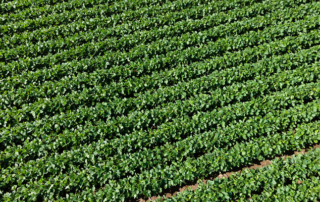
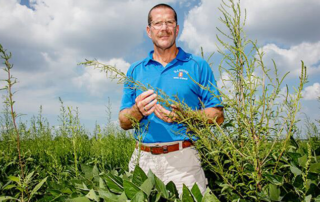
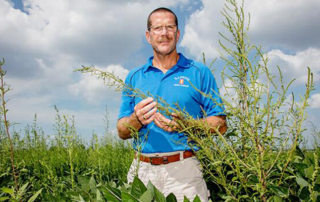
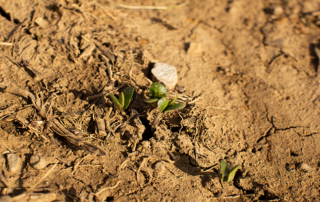

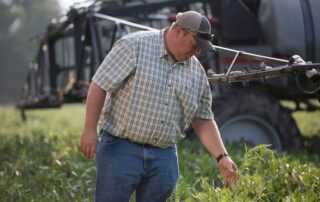
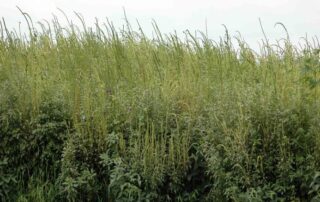
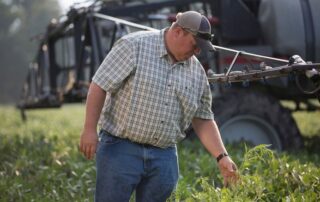
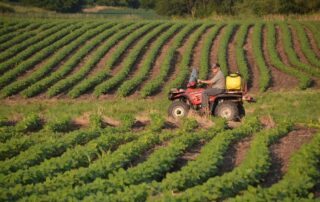
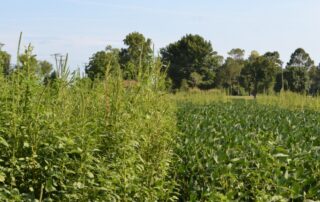

 and then
and then